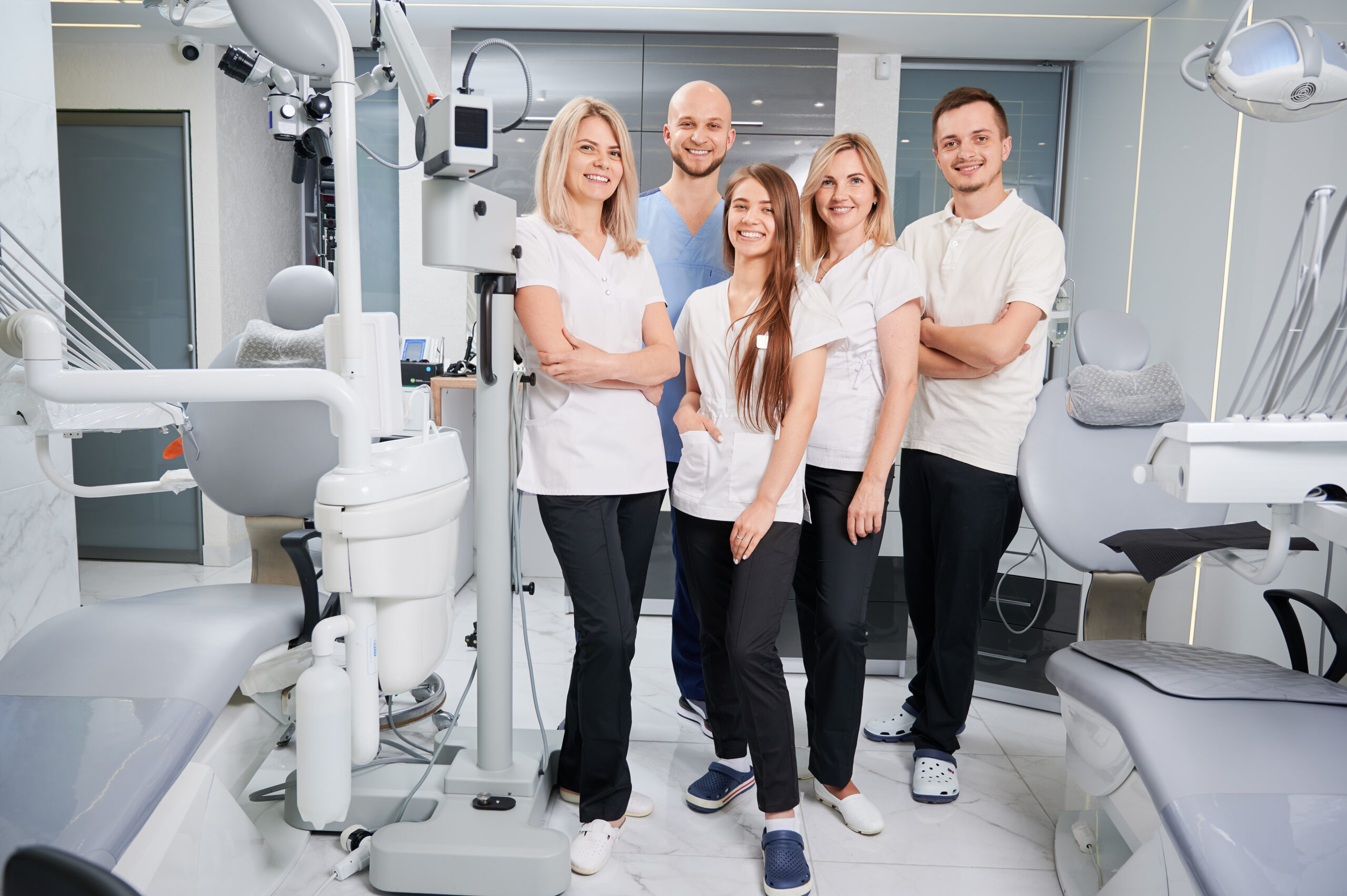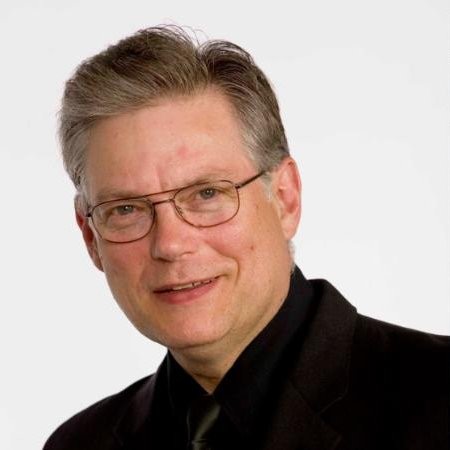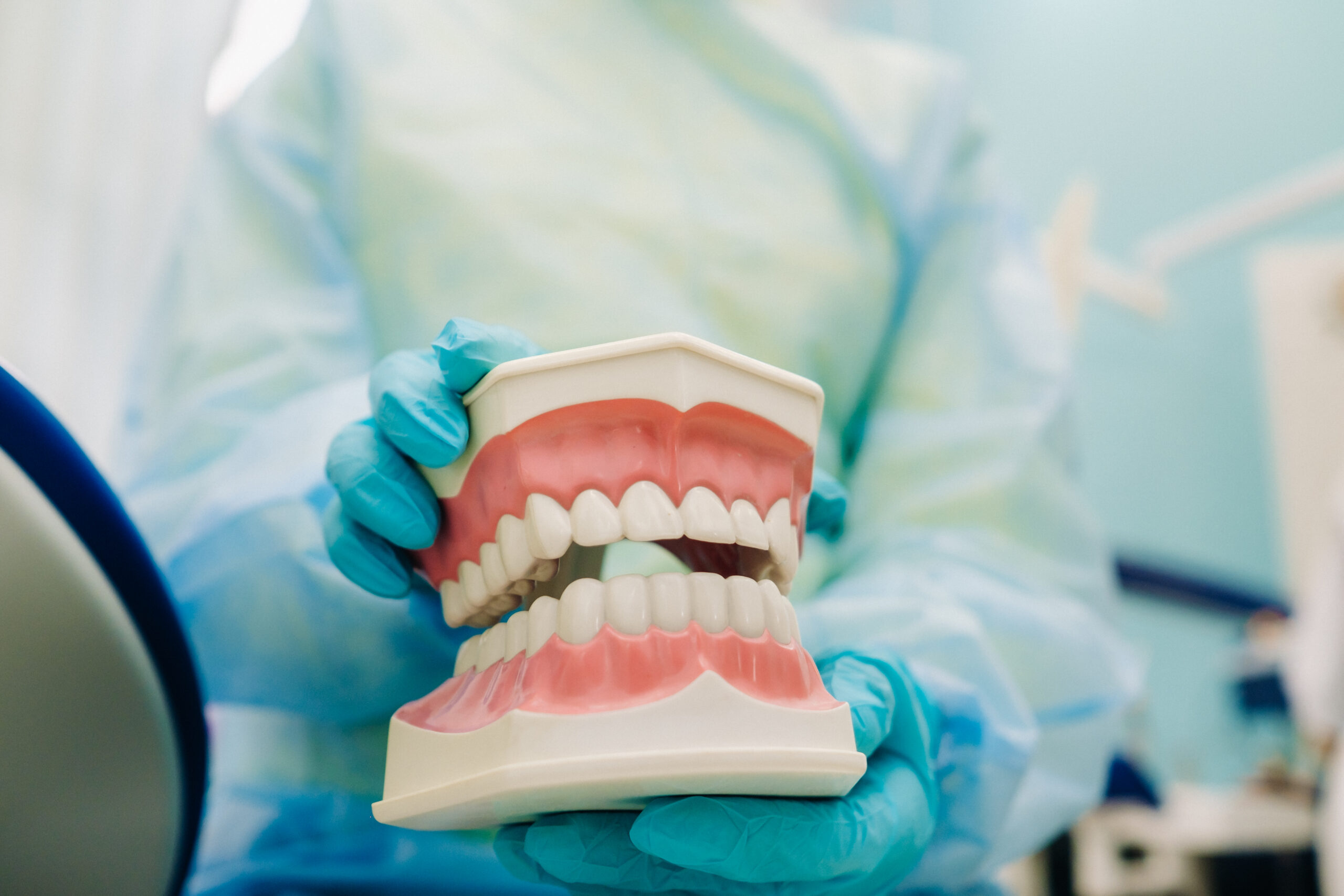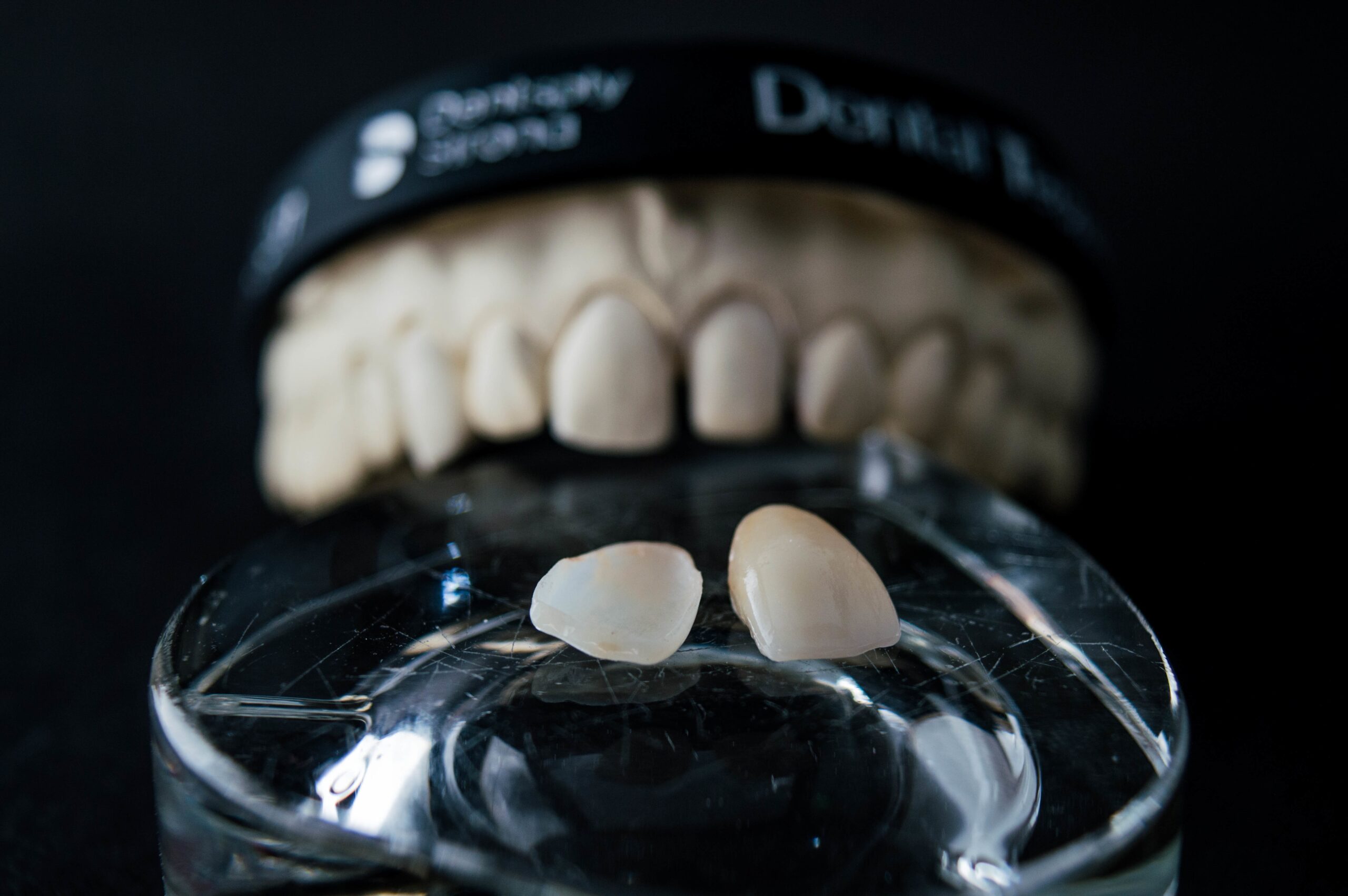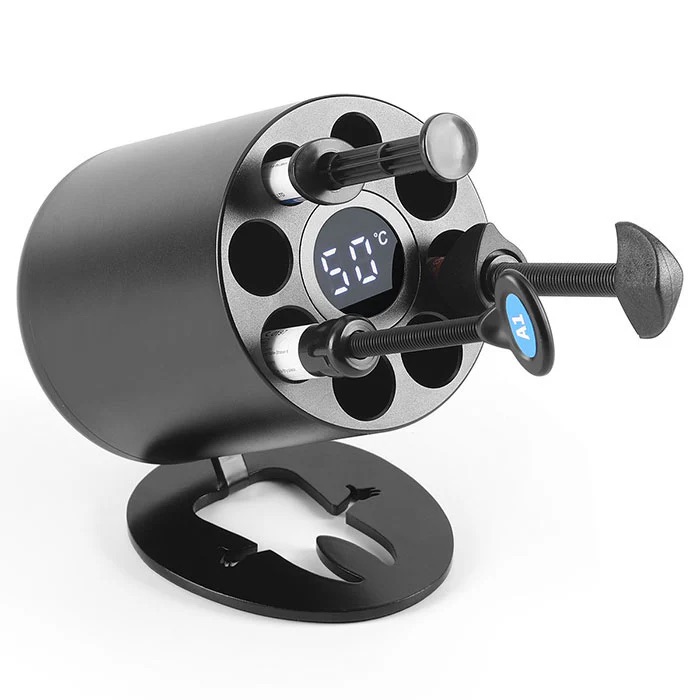Building a Learning Culture for Dental Teams
By Gary M. DeWood, DDS, MS
As a dentist, our role in fostering a learning culture for our team is essential for their thriving success and that of the practice. When there is cultural alignment between the values and priorities, team satisfaction is significantly enhanced. By investing in our team’s growth, we reap numerous benefits, including:
- Improved Patient Care: When team members are equipped with the latest techniques and information and understand why to use them, they can better help us diagnose and treat our patients. A well-trained and knowledgeable team, empowered with a deep understanding of their role in patient care, will lead to superior outcomes.
- Increased Efficiency and Productivity: A learning culture can enhance problem-solving skills, improve decision-making, and foster a more efficient workflow. This leads to reduced errors, improved patient turnaround times, and increased productivity.
- Enhanced Team Morale and Retention: When team members feel valued and supported in their professional development, they are more likely to be engaged and satisfied with their jobs. This leads to improved morale, reduced turnover, and a stronger sense of team cohesion.
- Financial Benefits: Investing in your team’s development can have a positive impact on your practice’s bottom line. Improved care, increased efficiency, and enhanced team morale can all contribute to increasing revenue and reducing costs. Additionally, a strong learning culture will attract and retain top talent, ensuring the long-term success of your practice.
Embracing a Learning Philosophy
To establish a strong learning culture in your dental practice, it’s essential to define your values regarding learning and professional growth. Clearly articulate your commitment to continuous improvement and create a shared vision that inspires your team. Lead by example by demonstrating your own passion for learning.
Attend conferences, stay updated on the latest dental research, and actively seek out new skills and techniques. This inspires your team to follow suit and prioritize their own professional development.
Finally, create a supportive learning environment where team members feel comfortable asking questions, making mistakes, and learning from each other. Encourage open communication, provide constructive feedback, and celebrate successes to foster a positive and collaborative atmosphere.
- Define.
- Lead.
- Create.
Auditing Your Learning Culture
To assess your practice’s learning culture, identify any barriers that may hinder learning, such as a lack of dedicated time, resources, or support. Prioritize professional development by blocking out time and allocating resources for training and development initiatives. Encourage a culture of knowledge sharing by creating opportunities for team members to share their expertise and learn from each other. This will help foster a supportive and collaborative environment that promotes continuous learning and growth.
- Identify barriers.
- Prioritize learning.
- Encourage knowledge sharing.
Empowering Your Team
To foster a flexible and empowering learning environment, offer a variety of learning options to cater to different preferences and support individual development by encouraging team members to set their own goals. To address lack of time, prioritize learning by making it a strategic priority in employee growth interviews and allocating dedicated time for professional development. Then provide necessary resources, and empower them to make informed decisions about their learning paths so they can apply their knowledge in meaningful ways.
- Offer diverse learning options.
- Support individual development.
- Empower self-direction.
Fostering a Growth Mindset
To foster a growth mindset, encourage a culture where mistakes are seen as opportunities for learning and growth. Provide supportive and actionable feedback to help team members improve, and recognize their achievements to motivate and inspire them.
- Celebrate mistakes.
- Provide constructive feedback.
- Recognize achievements.
Leveraging Technology
To leverage technology for learning and development, explore software and tools that can enhance efficiency and create a library of online resources such as articles, videos, and webinars for team members to access at their convenience. Incorporate microlearning techniques, such as short online modules or podcasts, to fit learning into busy schedules.
- Utilize dental technology.
- Share online resources.
Encouraging Collaboration and Peer Learning
To foster collaboration and peer learning, facilitate the formation of study groups or learning circles where team members can collaborate and share insights. Additionally, establish mentorship programs to pair experienced team members with newer ones, providing guidance and support for their professional development.
- Form study groups.
- Create Mentorship programs.
Remember
Investing in your team’s development is a direct and powerful investment in the future of your practice. It takes energy to intentionally get the momentum rolling toward a place with a learning culture that extends beyond yourself. But once the momentum is rolling, these strategies become second nature, empowering your dental team to adapt to change, to enhance their skills, to deliver exceptional patient care, and to create a career for themselves and everyone around them.

